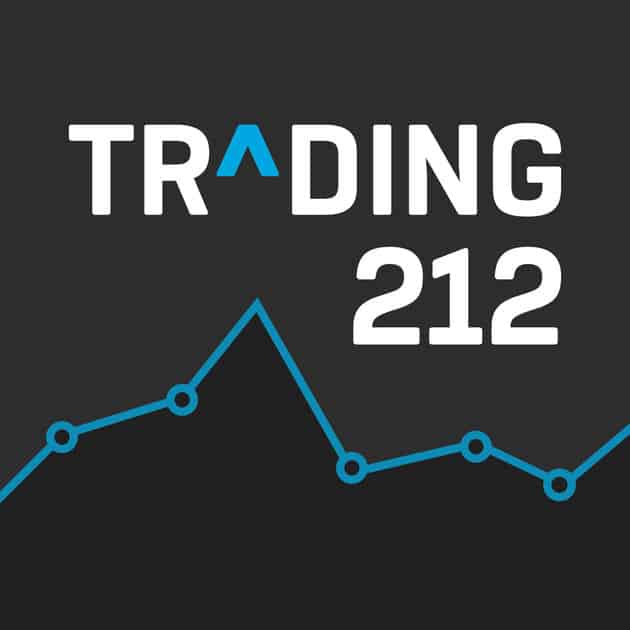Investing is not just about choosing the right assets and strategies; it’s also about making the most of the tax benefits available. As a new investor, understanding how to leverage tax-free allowances can make a big difference in growing your wealth. Let’s explore how to use the UK’s tax-free allowances to your advantage in your investments.
One of the best ways to protect your investments from tax in the UK is by using an ISA. There are several types of ISAs, but the most common for investors are the Stocks and Shares ISA and the Cash ISA. Any gains or income generated within an ISA, whether from interest, dividends, or capital gains, are tax-free.
In the 2025/26 tax year, the annual contribution limit for ISAs is £20,000. This means you can invest up to this amount into an ISA each year without paying tax on any growth. Consider putting your money into a Stocks and Shares ISA, as this will offer more growth potential compared to a Cash ISA, especially over the long term.
The Lifetime ISA is another excellent tool for younger investors (aged 18 to 39). It’s especially appealing for saving for a first home or retirement, with a few key tax benefits. Similar to a Stocks and Shares ISA, any growth is tax-free. The government adds a 25% bonus on contributions (up to £4,000 a year), so you can receive a £1,000 government bonus if you invest the maximum amount, which can add up quickly. The LISA is designed for long-term saving, with the option to withdraw the funds tax-free when buying your first home or after reaching 60 for retirement purposes.
Capital gains tax (CGT) is charged on profits from selling investments such as stocks, shares, or property that have increased in value. However, there is an annual exempt amount that allows you to avoid CGT up to a certain threshold. For the 2025/26 tax year, the CGT annual allowance is £6,000, which means you can sell up to £6,000 worth of assets in this tax year without paying CGT. If your gains exceed the allowance, you’ll be taxed, and the rate depends on your income level: 10% for basic-rate taxpayers and 20% for higher-rate taxpayers, or 18% and 28% on residential property.
By carefully managing your investments and selling in a way that stays within your annual CGT allowance, you can avoid paying tax altogether. Also, consider spreading your investments across multiple tax years if you’re close to the limit.
Dividends are a popular form of income for investors, but they are subject to tax. However, the good news is that there’s a tax-free dividend allowance. The current dividend allowance for the 2025/26 tax year is £500, which means you can receive up to £500 in dividends without paying any tax. Once your dividends exceed the allowance, the tax rates vary: 8.75% for basic rate taxpayers, 33.75% for higher rate taxpayers, and 39.35% for additional rate taxpayers.
If you’re building a portfolio of dividend-paying stocks, aim to keep your dividends within the tax-free allowance. If your dividends exceed this limit, consider tax-efficient investments like ISAs to shield them from tax.
Investing in a pension plan, like a Self-Invested Personal Pension (SIPP), is a fantastic way to reduce your tax bill and save for retirement. Contributions to pensions receive tax relief at your marginal income tax rate. For example, if you’re a basic rate taxpayer, every £100 you contribute into a pension only costs you £80 (due to the £20 tax relief).
Investment growth within pensions is also tax-free, which can compound over time. The annual allowance for pension contributions is £60,000 for the 2024/25 tax year. Contributions exceeding this limit will be subject to tax charges. This can also reduce to an amount between £10,000 and £60,000 if you earn over £200,000.
Take full advantage of pension contributions, especially if you’re in a higher tax bracket. It’s an effective way to save for retirement and reduce your taxable income in the process.
Venture Capital Trusts (VCTs) and the Enterprise Investment Scheme (EIS) offer substantial tax incentives to investors, but they come with higher risks, as they typically invest in small or early-stage companies. VCTs provide 30% income tax relief on investments up to £200,000 per year, and any dividends received are tax-free. With EIS, you can receive 30% income tax relief, plus you can potentially avoid paying capital gains tax on any gains made from EIS investments if held for three years.
These options are best suited for experienced investors who are willing to take on higher risk in exchange for generous tax incentives.
Using tax-free allowances to your advantage is one of the most effective ways to boost your investment returns. By taking full advantage of ISAs, pensions, capital gains allowances, and dividend allowances, you can maximize your investment growth and reduce your tax burden. Always be mindful of the rules and limits associated with each allowance, and consider seeking professional financial advice to make the most of these opportunities.

Get a FREE fractional share with Trading212
Use promo code: MITM (works within the first 10 days of signing up)
Fractional share worth up to £100. Capital at risk. Terms apply

Get a Welcome Bonus of up to £50 when you invest at least £100 with InvestEngine

Consolidate your Pensions with PensionBee
Keep your pensions all in one place with this simple to use Pension service.
Manage your money better with MoneyMonitor
I personally built this website to allow me to bin my spreadsheets in favour of something a little easier to use. It’s completely free of charge.